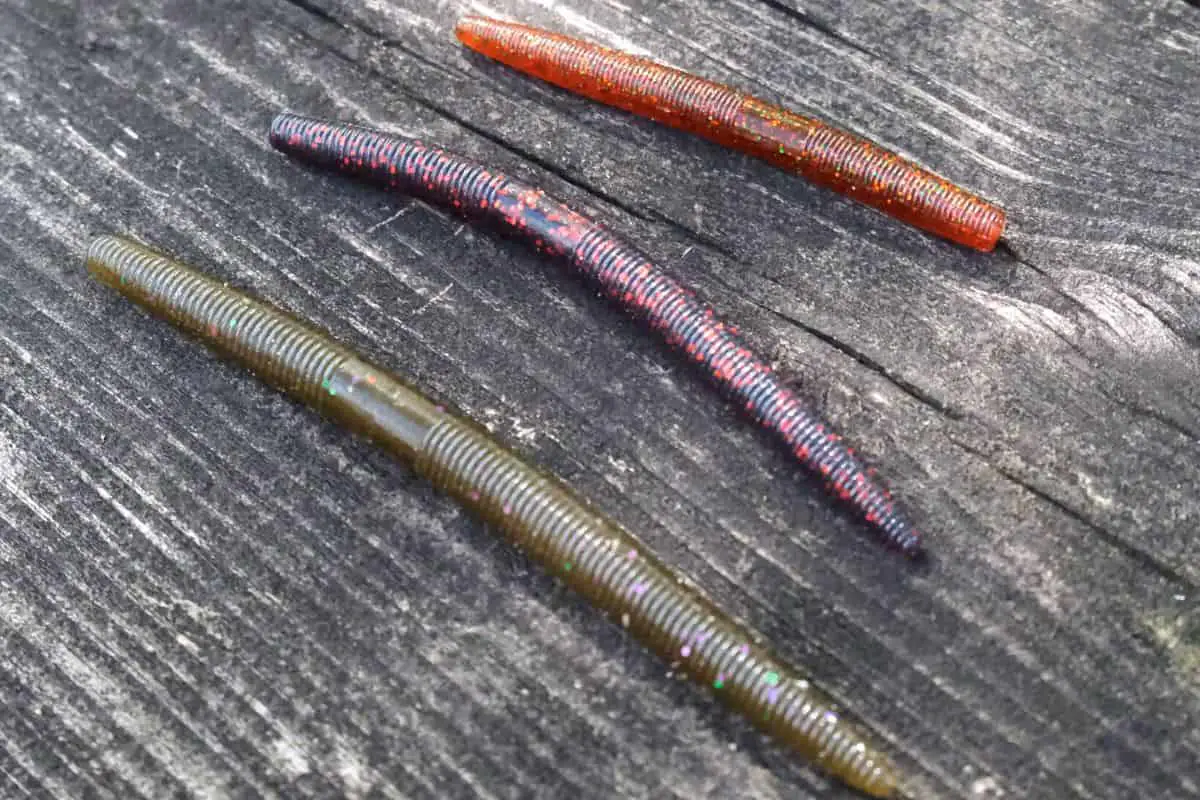The five-inch Senko has been the gold standard for bass anglers. This venerable soft plastic lure comes in a wide range of lengths from 3” all the way to 7”.
Understanding why and where and what conditions dictate scaling up or down can have a significant impact on your day of fishing.
Bottom Cover and Senko Length Selection
This factor never crossed my mind until filming lures underwater. Then it became quite apparent that considering what the bottom of the lake or river is covered with matters.
First, we need to define cover and structure. These two terms are used interchangeably by many anglers, but there is a distinct difference.
Structure is the hard lake or river bed. Think of a bathtub. The structure would be the tub.
Cover is anything that is on that structure. Vegetation, laydowns, boat docks, etc., are all examples of cover that is over structure.
For example, many lakes are full of Chara grass, or Skunkweed. This low-growth aquatic vegetation is thick. Its height can vary, but it is common to find Chara anywhere from 5-10” inches tall.
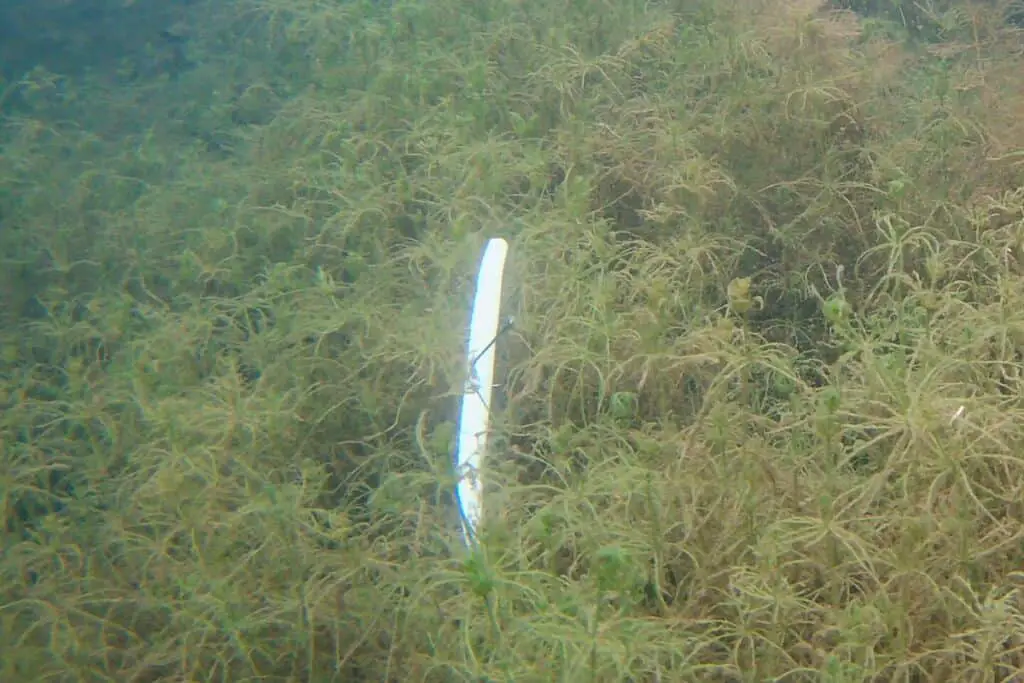
Lures that are small or hooked in a traditional Texas-rig style often slip into this vegetation and not only are hidden from the bass, but even if a fish did see the soft plastic it can be a challenge rooting it out of there.
There are a couple of ways anglers can handle this when using a Senko or stickbait.
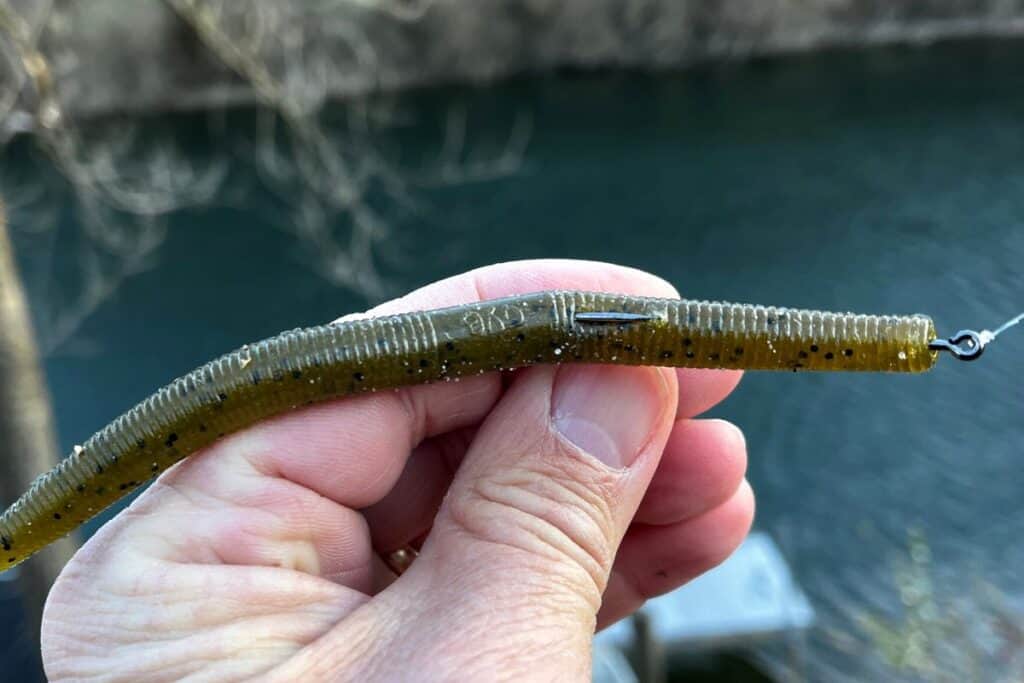
If the lure is Texas-rigged, the easiest solution is to use a longer Senko. Models in the 6 and 7-inch range offer a better chance of the tail of the lure being visible. Even if part of it is buried in the vegetation or rocks. That is why soft plastic worms that are over 7” in length as well as craws do great in bottom vegetation.
The other option, and the best option, when using Senkos is to wacky rig them.
The positioning of the hook with a wacky rig lets the lure fall horizontally. This orientation results in the lure resting across the top of the vegetation and not down in it.
This holds true whether an angler uses an o-ring for hook placement or not.
(Here is an article on the best colors for Senkos)
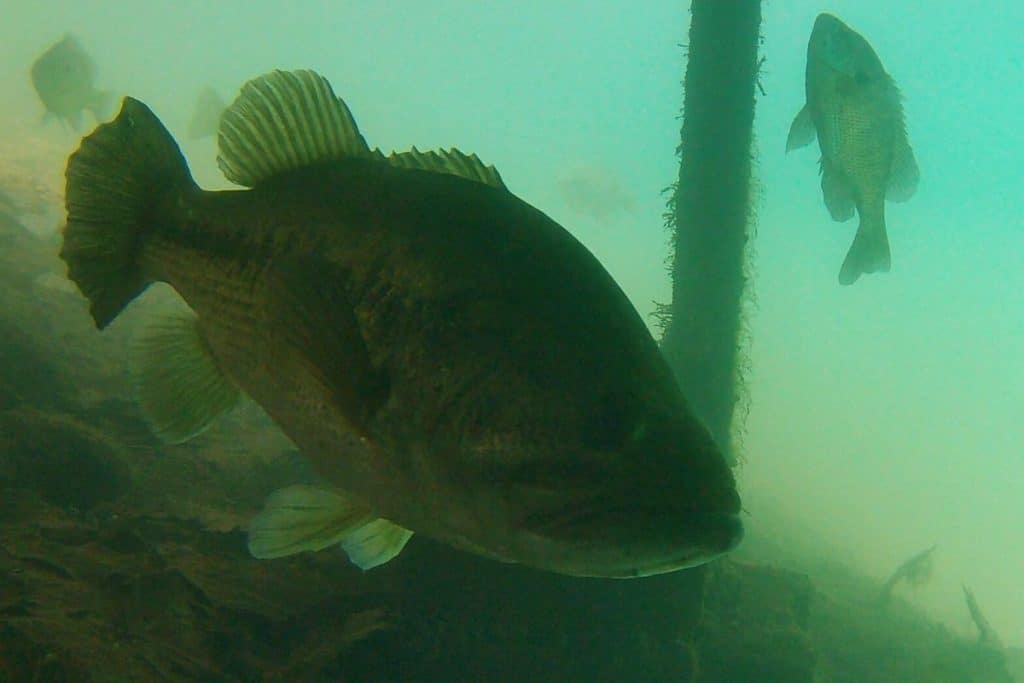
Time of Year and Senko Size
During the pre-spawn and post-spawn I like to use larger stickbaits in the 6 and 7-inch range.
The female bass are building up energy before they spawn and afterward they are recovering. Meals that offer the most caloric intake are worth their effort to chase them down.
The profile and bulk of these larger Senkos fit the menu perfectly.
If the bite is especially tough, then the standard 5-inch size will get plenty of work.
How Summer and Winter Fishing Impact Senko Size
While the 5-inch Senko is going to work fine during these tough times, I like to scale down quite often.
When wacky drop shot fishing, I find that the 4-inch model is effective. This size Senko can also be fished on a drop shot in the traditional Texas-rigged or nose-hooked styles as well.
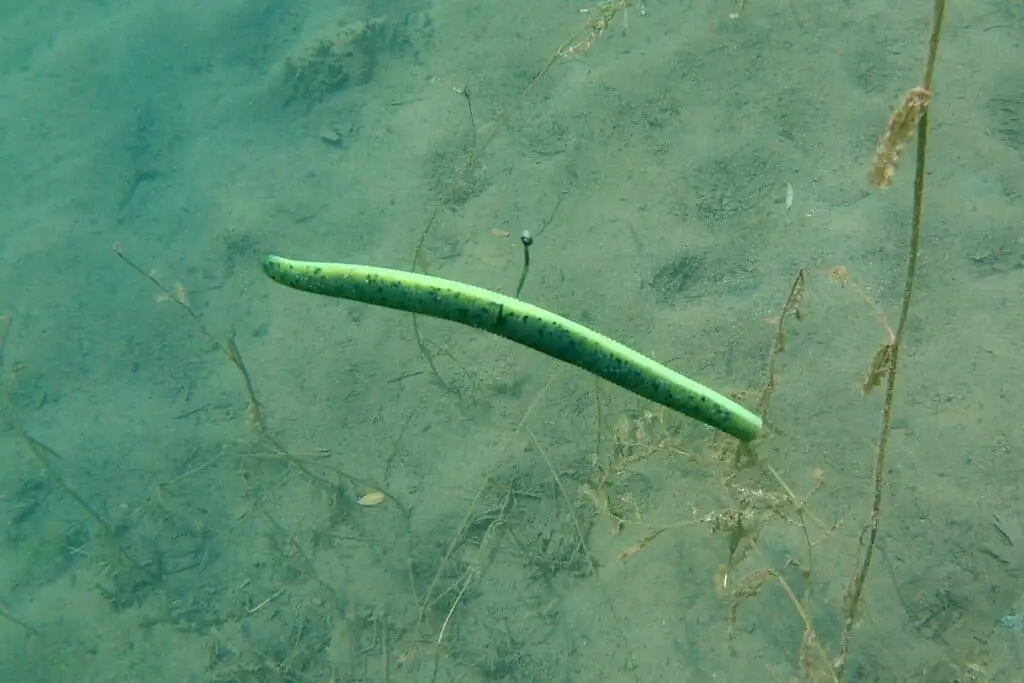
The 3-inch Senko is dynamite on a Ned rig. Besides the summer, Ned rig fishing in the winter is quite powerful and can account for some nice catches.
The smaller sizes are also excellent trailers to put on a variety of lures. One of my favorites is to use a Senko on a jig. The plastic can be rigged either in the traditional manner or as a wacky jig.
Baitfish Size and Senko Selection
Prey species are naturally a variety of lengths, yet there are certain times of the year when there is an abundance of baitfish in a certain size range.
The fall is a perfect example. The young of the year alewives are plentiful and often smaller than we realize. This last fall I was on the Mississippi River fishing and ran across a bay that was stuffed with shad in the 2-3 inch range.
We adjusted our lures accordingly, for this trip we were using small crankbaits, and the bite was fast and furious for the entire week.
This would have been a perfect time to use the smaller Senkos that match the prey species being targeted.
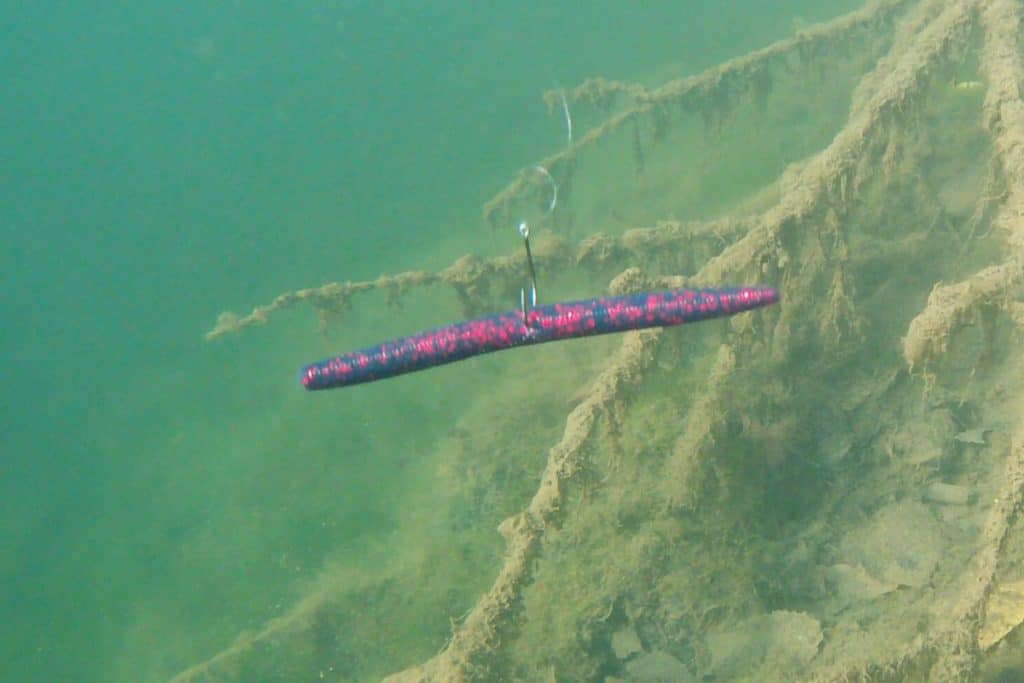
Water Clarity and Senko Size
When the waters you are fishing are dirty or have a heavy stain to them, the size of the Senko can have a significant impact on whether the lure can be seen and/or found by the bass.
I have found the 5-inch Senko to be perfect for these conditions.
It is large enough to let bass zero in on it, but not so large that it deters those hard-to-come-by bites. When a lake or river is normally clear or slightly stained and the water then becomes dirty, the bass can really be turned off.
The normally visual feeders used to clear water start to rely on other senses
The 5-inch Senko in underwater tests had the best shimmy or wiggle out of all the different lengths. While bass cannot feel these vibrations at a huge distance with their lateral line, it does help them to zero in on the lure as they get closer to it.
The strong wiggle of a wacky rigged 5-inch Senko will get bites that smaller lures in these tough water clarities may not get.
Good luck out there and be sure to encourage someone today. You never know how you may change their life forever.
Isaiah 6:8

